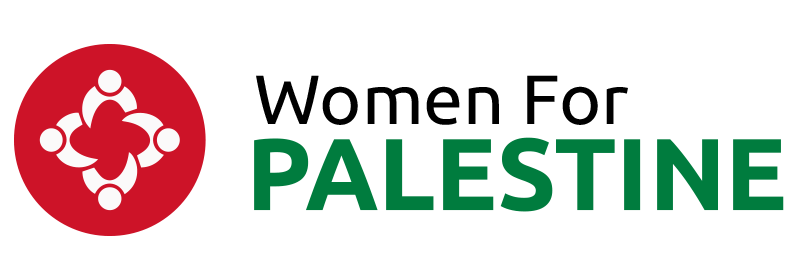The Israeli occupation has conditioned the social construction of Palestinian masculinities insofar as many Zionist practices deliberately seek to challenge Palestinian men's ability to fulfil the role of "protectors" and providers for their families and communities. This tension leads to situations of interpersonal violence and controlled family spaces, highlighting the difficulties of finding safe spaces for women in Palestine. 25
Many Palestinian women work in the informal sector or in unpaid family activities and are therefore at greater risk of exploitation and inadequate working conditions. As in other contexts, Palestinian women working outside the home are also exposed to gender-based violence. According to a study by Birzeit University's Institute for Women's Studies and the ILO, 22% of the women interviewed acknowledged having been victims of gender-based violence in the workplace, with a higher prevalence of the phenomenon in the West Bank than in Gaza.
Thus, for example, it has been reported that in Area C, abuses against women - including domestic violence - go uninvestigated, leading to impunity and the perpetuation of violence. In East Jerusalem, women victims of gender- based violence face the dilemma of either putting up with the abuse or reporting it to the Israeli police, at the risk of losing custody of their children or being disowned by their families. This, in a social context that considers that such acts should be kept private. Access to justice is also constrained by discriminatory and insensitive attitudes towards gender-based violence on the part of judicial personnel, an area in which women are under-represented (in 2015, 82% of judges were men, compared to 17% women). Studies indicate that domestic gender-based violence has increased since the Second Intifada (2000), partly as a result of frustration with Israeli policies, economic pressures and recurring cycles of conflict, which would lead Palestinian men to be more violent in the domestic sphere.
According to official statistics from a 2011 study, 37% of married Palestinian women had been exposed to violence by their husbands, 29% in the West Bank compared to 51% in Gaza. More recently, another study found that many Palestinians had witnessed violence against their mothers by their fathers or other male family members during their childhood - 25% and 22% respectively - and almost one in five men surveyed (17%) acknowledged physical violence against a woman in a relationship. 26
The detention of many Palestinian men poses a problem for the economic provision for families, who often lose their main source of income. However, when they are killed by Israel, women not only face a great personal and livelihood loss. For some of them, the option of marrying their brothers-in-law - in line with the expectations of a traditional practice - is imposed as a way to remain in the family home and to avoid disputes over child custody.
It is also necessary to consider the psychological impact on women, who are on constant alert for fear that their children will be arrested, injured or killed as a result of Israeli settler violence and are more reluctant to leave their homes after such experiences. 27 It is also worth noting that recent studies suggest that Palestinian communities most exposed to settler and/or soldier violence are at a higher risk of gender-based violence.
The Israeli military operation on Gaza in the summer of 2014 was particularly severe: in just two months the offensive killed 299 women, including 16 pregnant women, 197 girls and injured more than 2,000 others. The figures are anecdotal if we refer to the brutality of the genocide that began on 7 October in Gaza, with more than 30,000 people killed, with more than 8,800 women and 13,230 minors killed. Women are being sexually abused and summarily executed after arrests, and the situation of pregnant women is alarming. In the ongoing genocide in Gaza, displaced Palestinian women have exhausted the supply of period-cutting pills due to the unsanitary conditions in which they live, fighting a daily battle to wash or find a sanitary napkin 28. Many of them give birth in tents while many are suffering from caesarean sections without anaesthesia, miscarriages and infections, struggling to care for and feed their babies. An estimated 50,000 women 29 are pregnant in the Gaza Strip and every month 5000 of them are forced to give birth amidst shelling and shelling.
25 Occupation, conflict and patriarchy: Impacts on Palestinian women (2019).
26 https://escolapau.uab.cat/img/programas/alerta/informes/OcupacionConflictoPatriarcadoES.pdf
27 Women's International League for Peace and Freedom (WILPF), Palestinian Women Under Prolonged Israeli Occupation: The Gendered Impact of Occupation Violence, Universal Periodic Review of Israel, Joint Submission to the UPR Working Group 29th Session, January 2018; Women's Center for Legal Aid and Counselling (WCLAC), Women's Voices, Nov.2013-Jun 2017.
29 https://docs.google.com/spreadsheets/d/18mQSbvuYqhV3AWjAnXkflCvaNm284B-P1IOSPmZIo44/edit#gid=0
